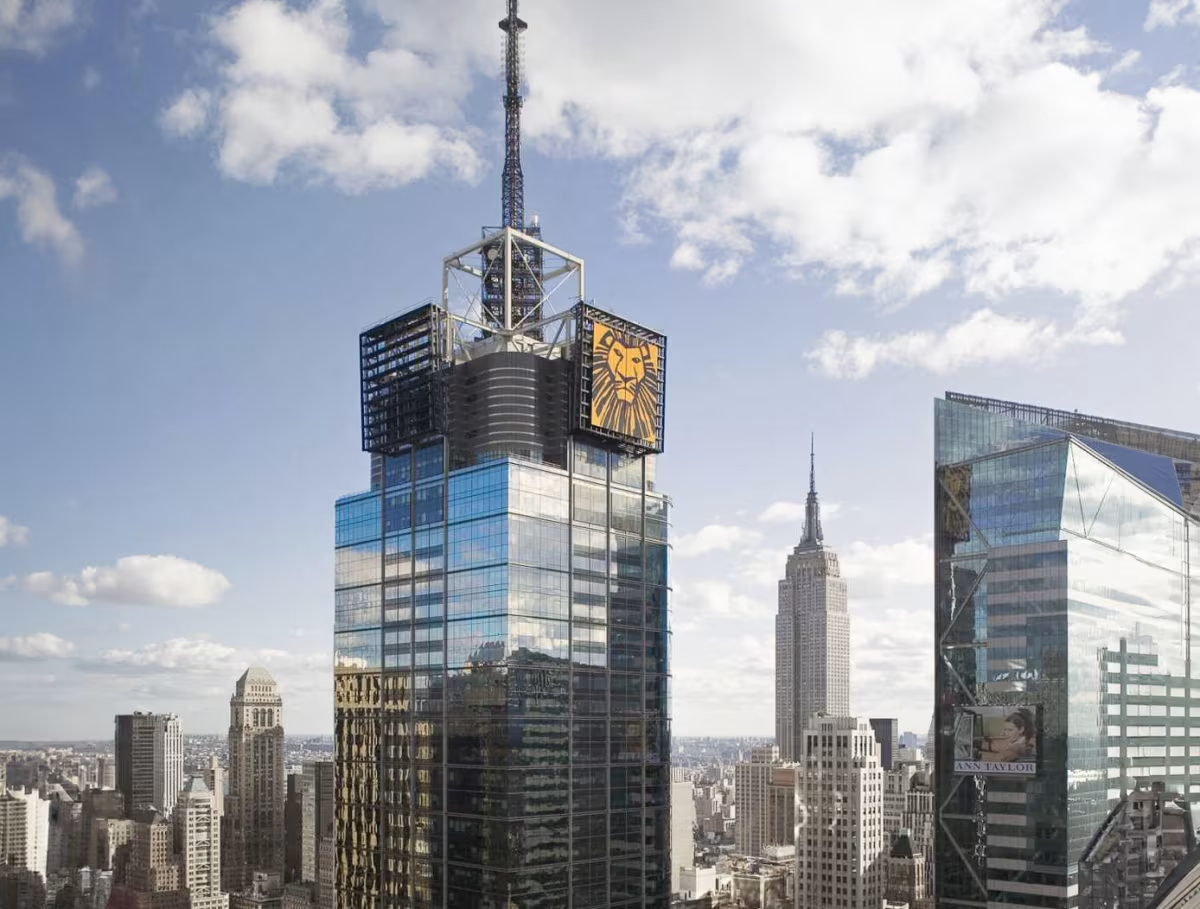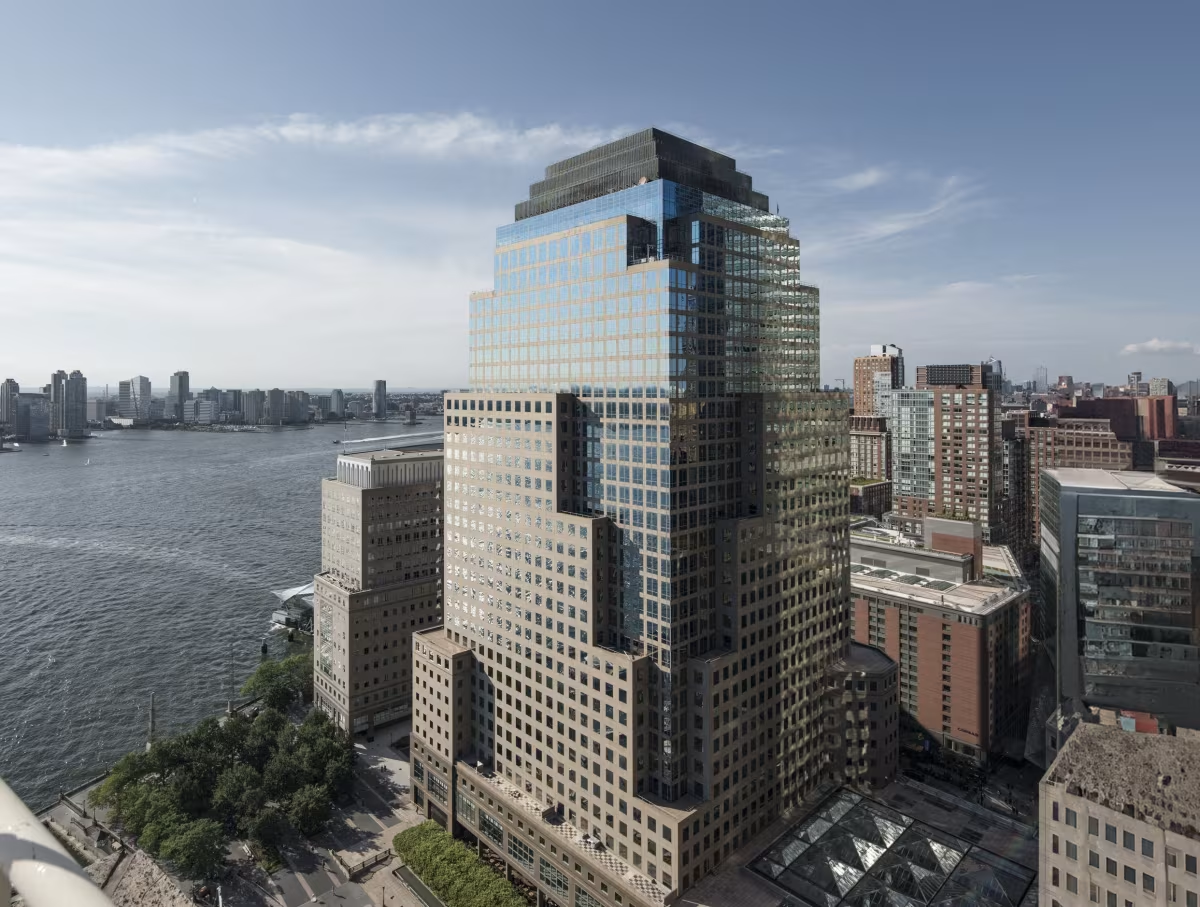4 Times Square vs 250 Vesey Street Building


Comparing the 4 Times Square and the 250 Vesey Street Building is interesting because they both rise in New York, NY, yet they were conceived by two different design teams, Fox & Fowle Architects and César Pelli & Associates, and were completed at different points in time. They were finished more than a decade apart.
This contrast within the same city allows us to see how different creative minds interpreted the evolving needs of New York across time.
Let's take a closer look!
Height & Size
The 4 Times Square is clearly the larger tower of the two, both in terms of height and number of floors. It rises to 810ft (247m) with 52 floors above ground, while the 250 Vesey Street Building reaches 499ft (152m) with 34 floors above ground.
Despite being taller and having more floors, 4 Times Square has less total built-up area than 250 Vesey Street Building.
Of course, each project may have faced different briefs or regulatory constraints, which we don't really know about and could also explain the outcome.
Architectural Style
Both the 4 Times Square and the 250 Vesey Street Building were designed in line with the aesthetic conventions of the Postmodernism style.
The 4 Times Square was designed at a moment when the Postmodernism style was already in decline, making it more of a lingering expression of the movement. In contrast, the 250 Vesey Street Building style was already in decline, making it more of a lingering expression of the movement. In contrast, the 250 Vesey Street Building was built when the style still carried greater cultural weight.
Uses
Both the 4 Times Square and the 250 Vesey Street Building were designed to serve as commercial towers, and that has remained their main use since their completion, serving similar roles in the urban fabric.
Structure & Facade
Both the 4 Times Square and the 250 Vesey Street Building rely on a Frame structural system.
A frame structure uses a grid of columns and beams to carry the building's loads. This frees the walls from structural duties, allowing for flexible floor plans and larger windows.
They also employ the same type of facade, a Curtain Wall facade.
A curtain wall is a non-load-bearing facade hung from the structural frame. It is anchored to floor slabs and transfers only its own weight and wind loads, allowing for sleek, glassy exteriors.
| 4 Times Square | 250 Vesey Street Building | |
|---|---|---|
| Fox & Fowle Architects | Architect | César Pelli & Associates |
| 1996 | Construction Started | 1984 |
| 1999 | Year Completed | 1986 |
| Postmodernism | Architectural Style | Postmodernism |
| Commercial | Current Use | Commercial |
| 52 | Floors Above Ground | 34 |
| 247 m | Height (m) | 152 m |
| 150000 | Built-up Area (m²) | 176869 |
| Frame | Structure Type | Frame |
| Steel | Vertical Structure Material | Steel |
| Concrete And Steel | Horizontal Structure Material | Concrete |
| No | Facade Structural? | No |
| Glass, Aluminum | Main Facade Material | Granite, Glass |
| Durst Organization | Developer | Olympia & York Companies |
| Cosentini Associates | MEP Engineer | WSP Flack + Kurtz |
| WSP Cantor Seinuk | Structural Engineer | Thornton Tomasetti |
| NY | State | NY |
| New York | City | New York |
| 151 West 42nd Street | Address | 250 Vesey Street |